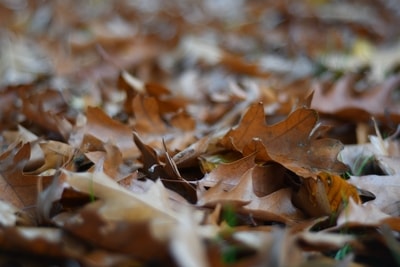March is the start of meteorological Spring, Hurray! Many animals and creatures are awaking after Winter and desperately need some food and somewhere to nest.
You can help them by just giving them a helping hand around the garden.
It doesn’t take much, as with a lot of wildlife gardening, it’s often less effort, its easy to give nature a chance if you slow down a bit.
Here are the highlights for March
Birds
All the berries are gone by now, and it can still be freezing at night, so keep feeding birds; they still need your help this month.
Great choices for your bird feeders are Sunflower hearts and nyjer seeds. But keep them away from any shrubbery; they need to be far from their potential nesting sites to avoid predators.
You can help birds nest by keeping your cat inside, leaving out freshwater, and leaving out a few nesting materials on the grass, such as pet hair, string, and crumbly eggshells.
Tidying up
Resist the urge to scoop up dead leaves and debris just yet. They’re home to hedgehogs, bees, beetles and caterpillars and other pollinators.
Those areas of dead leaves and allsorts have been an excellent spot for them this Winter, so leave it a few more weeks for them to wake up and venture out.
Twigs and little sticks are also vital for birds to start building their nests with.

Pruning
To encourage healthy plant growth in the coming months, cut back your Butterfly Bushes, Clematis, Salvia, and Lavender as they start to bud in March.
Do this before they flower!
Bees and Butterflies love these plants!
Mowing
If you need to mow, do it once in March. If possible, don’t do it at all yet.
With your grass clippings, you have a few helpful options. You can gather them and pop them in a corner to make a nice nesting space.
Or keep the cuttings on the grass to create a mulch to keep it greener and healthier later (so it requires less water and maintenance)
In general, to entice wildlife, try to mow once a month at the absolute max.
Soil
When the soil is warm (you can check by hand, it doesn’t want to be cold and clammy), sow some seeds. First, remove any weeds. Nettles (though good for insects) have pretty strong roots and spread quickly. If you want to keep it, maybe transplant it to a quiet corner. Docks also have very strong roots, so catch them now, same for sow thistle and any grass has spread. If it doesn’t need weeding, that’s brill, but if you can, give it a quick turn first, with a rotavator or fork.
Planting
This is the time of year to start planting pollinators; there are loads that you can get started in March, so you’ll have plenty of nectar and beautiful blooms by summer.
Pay attention in particular to whether they like a sunny spot and how big they’ll get.
We have a handy post of easy plants for pollinators here.
Pond
If you ever fancied, this is an excellent time of year to make a wildlife pond. They don’t have to be large, just 1m by 1m will do if that’s all your have.
It’s a bit of digging and graft, but they make a beautiful spot that will very quickly attract all sorts of amazing creatures if you build it with wildlife in mind.
We’re aiming to create a DIY wildlife pond blog post asap!
I hope you enjoy this March, getting out and about and enjoying some sunlight and much-needed warmth. We can’t wait to see pics of your garden as it starts to erupt with life.
Please share your photos on Instagram by tagging us @giveitagrowwigan or using the hashtag #giveitagrowwigan

Leave a Reply